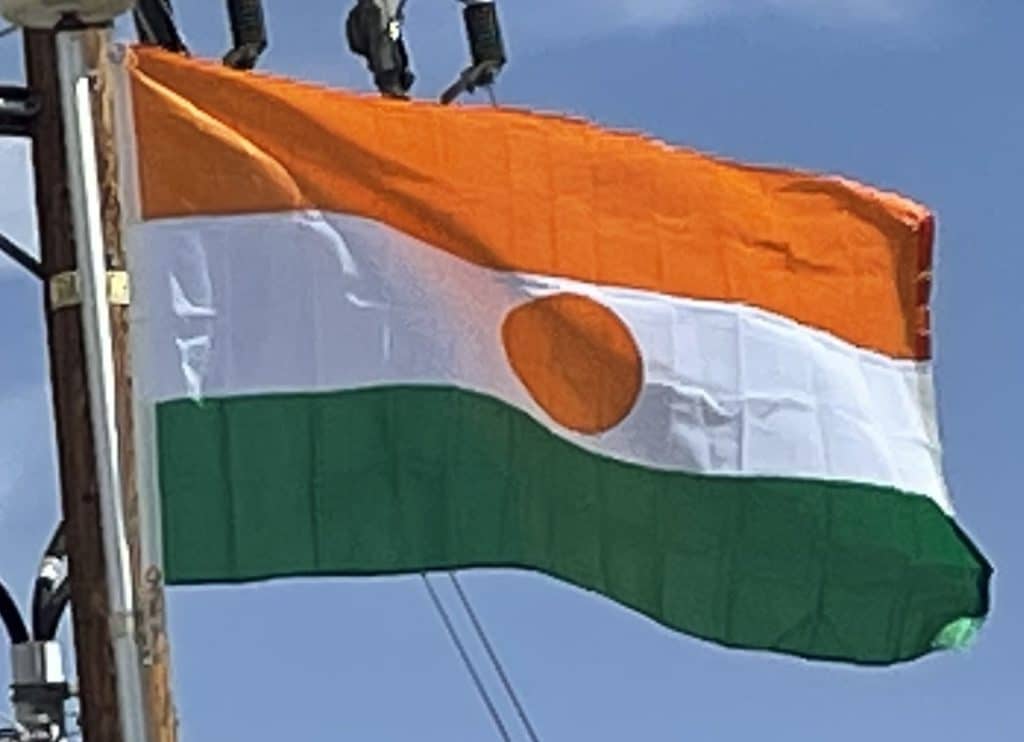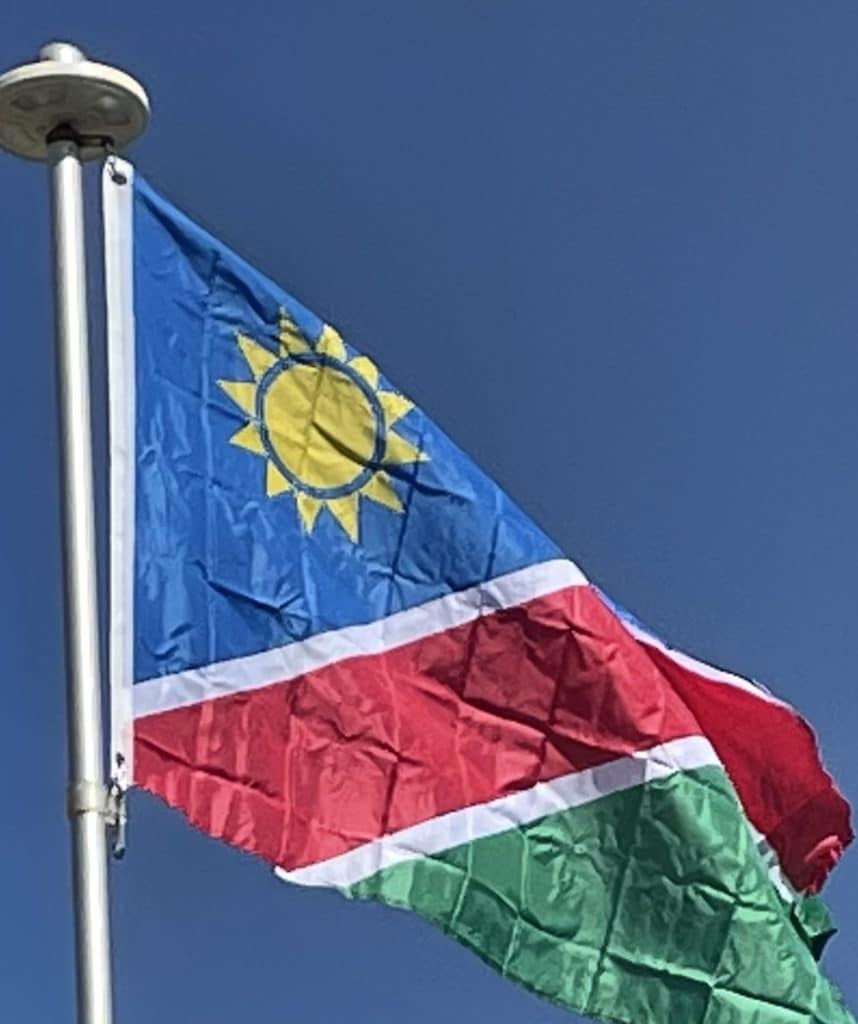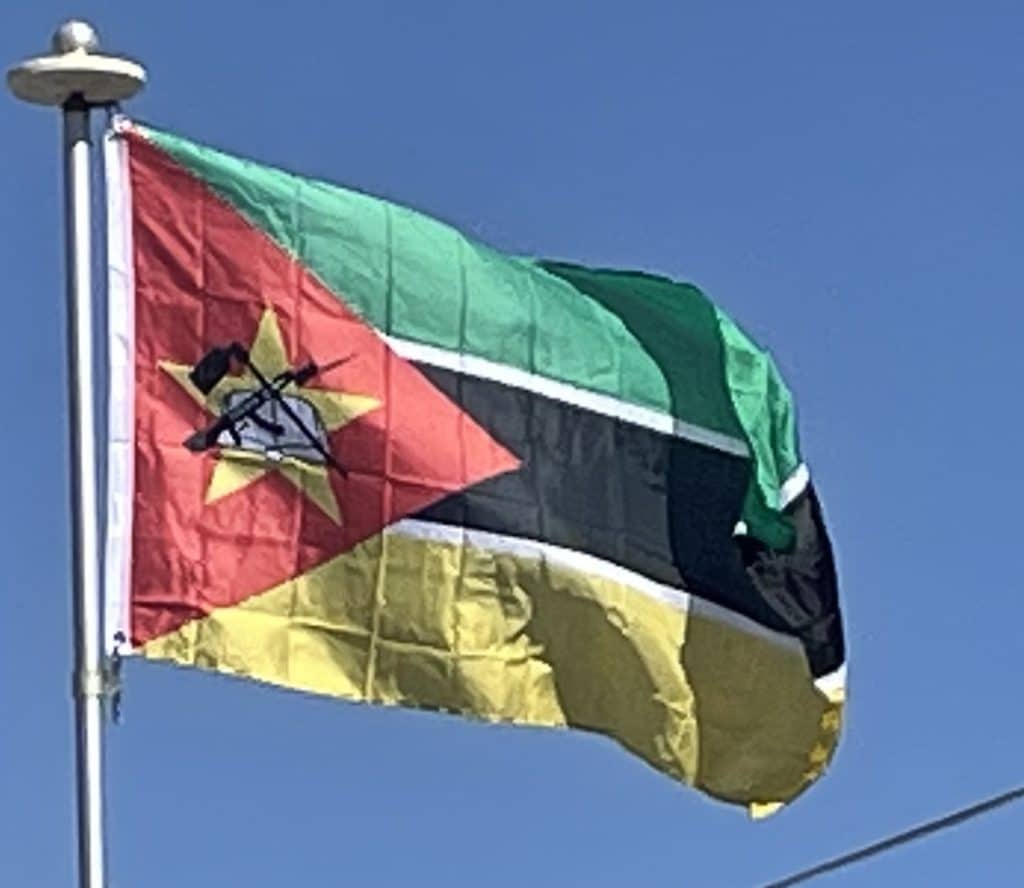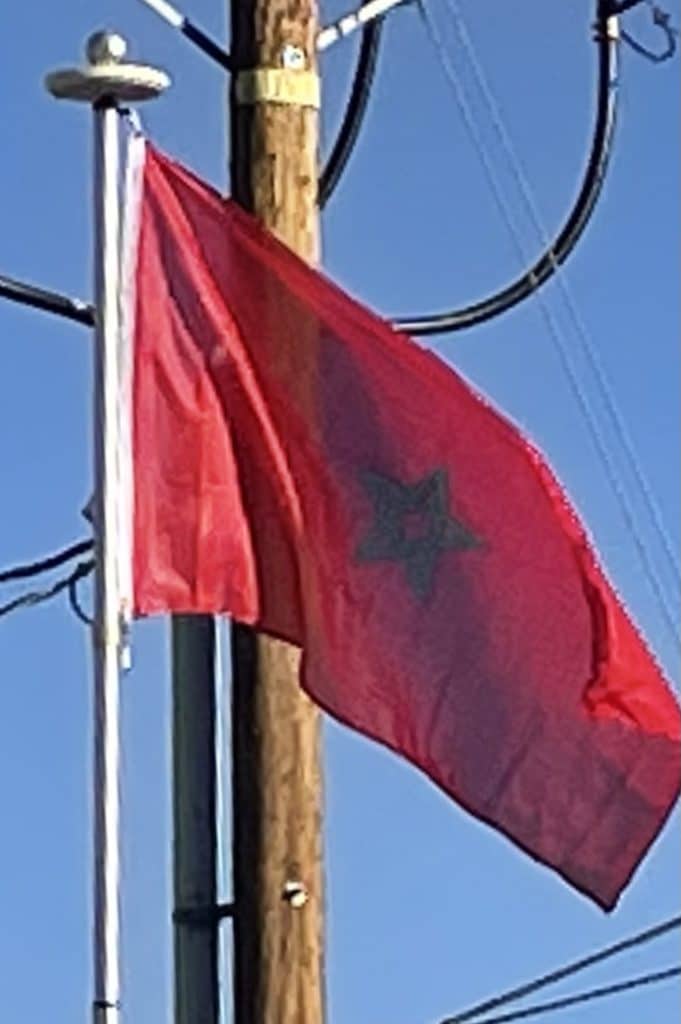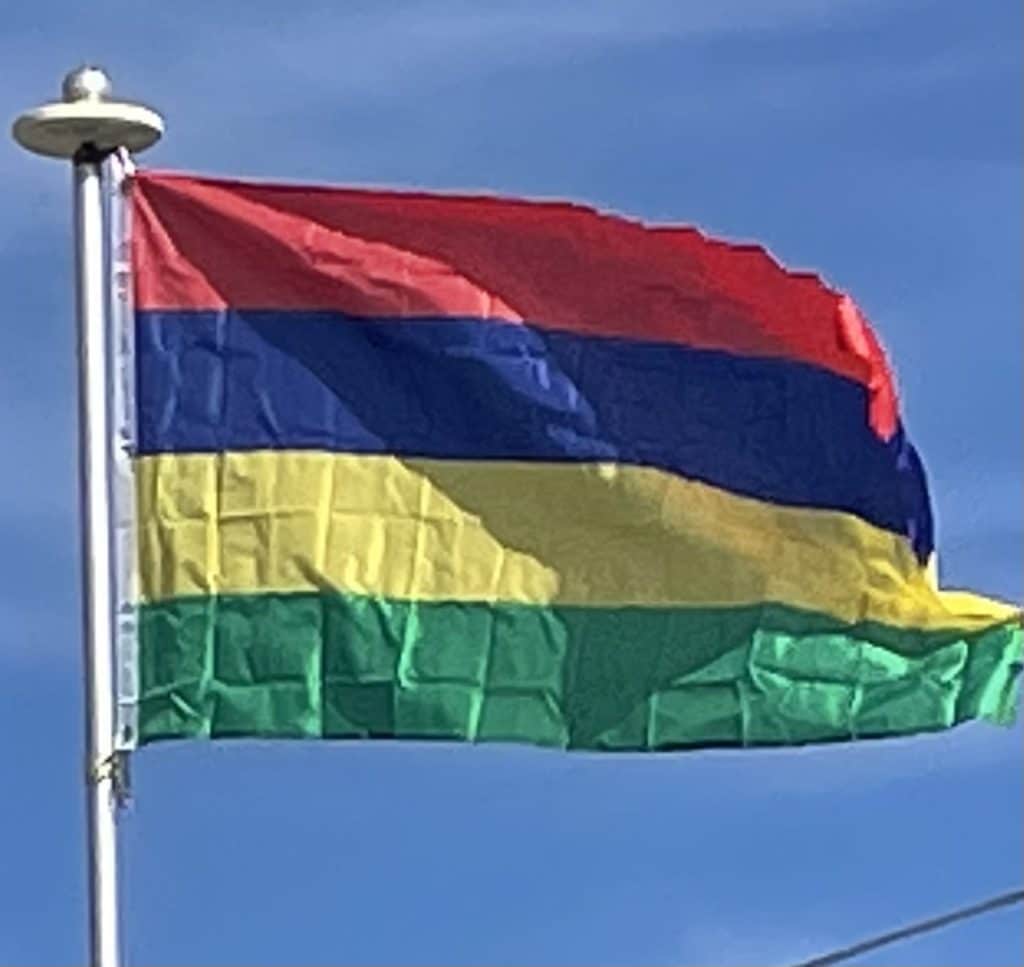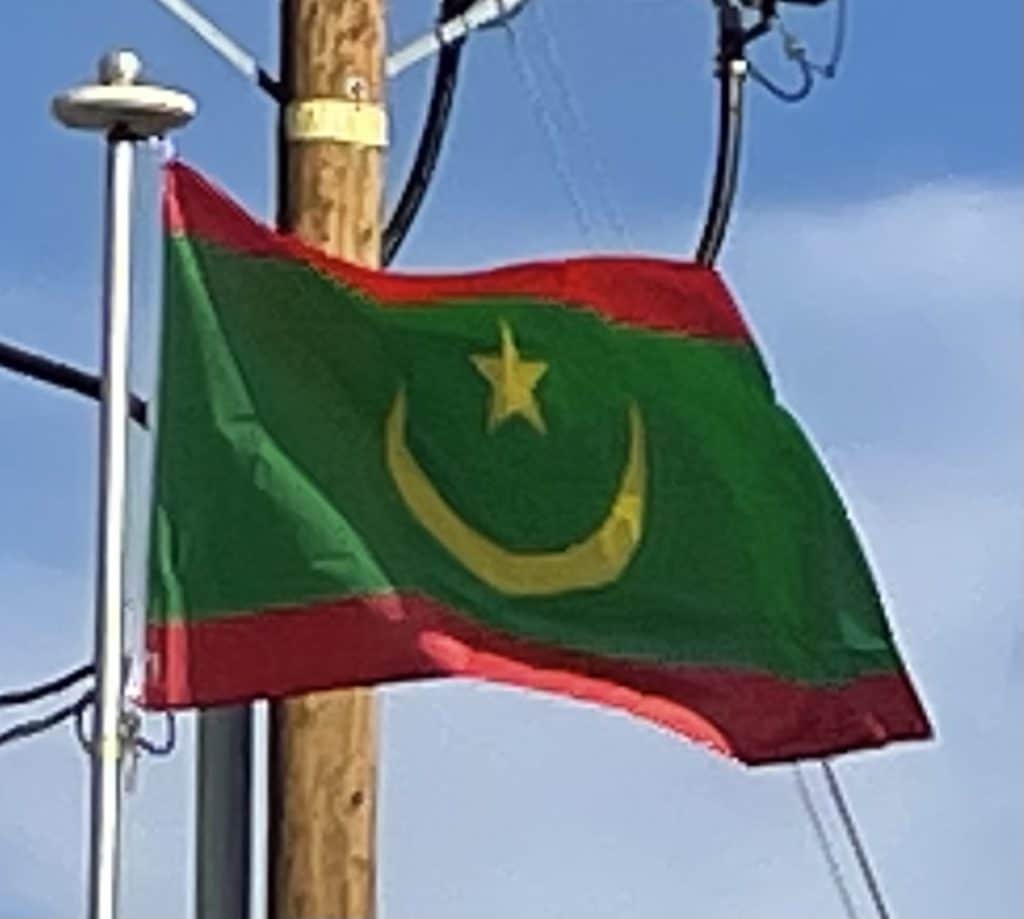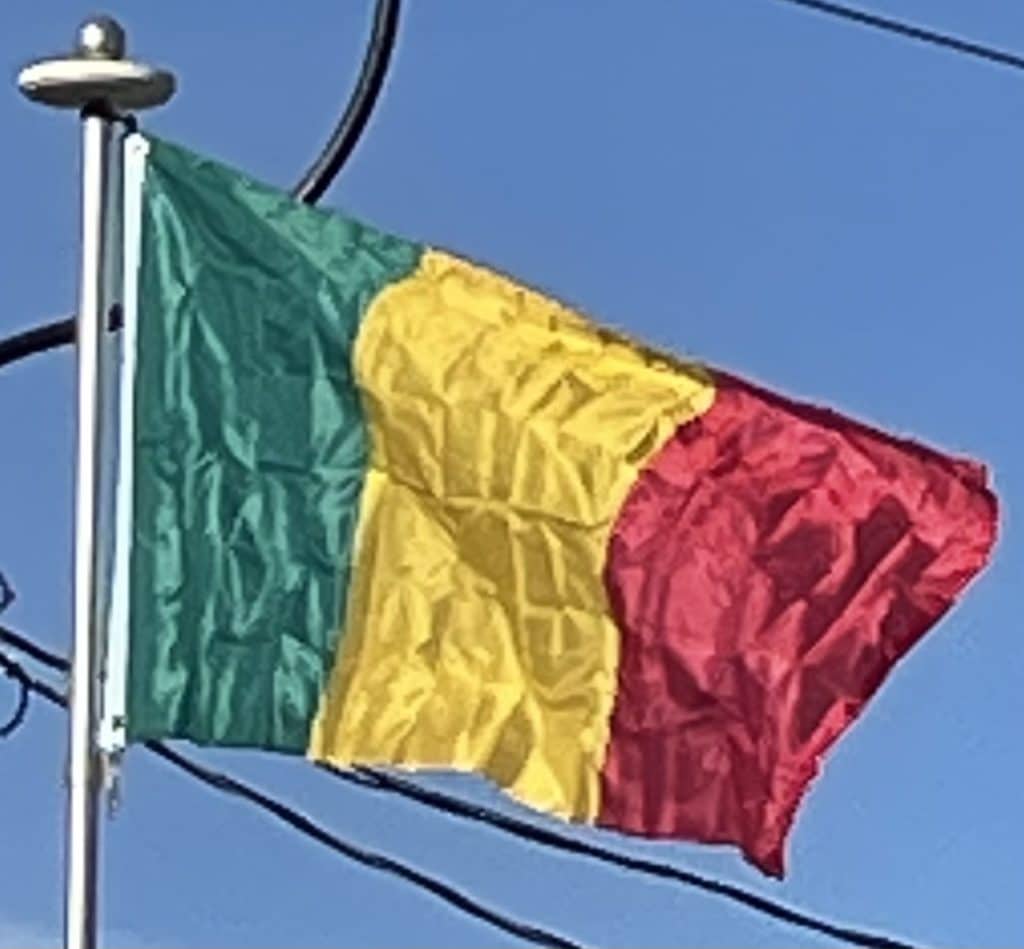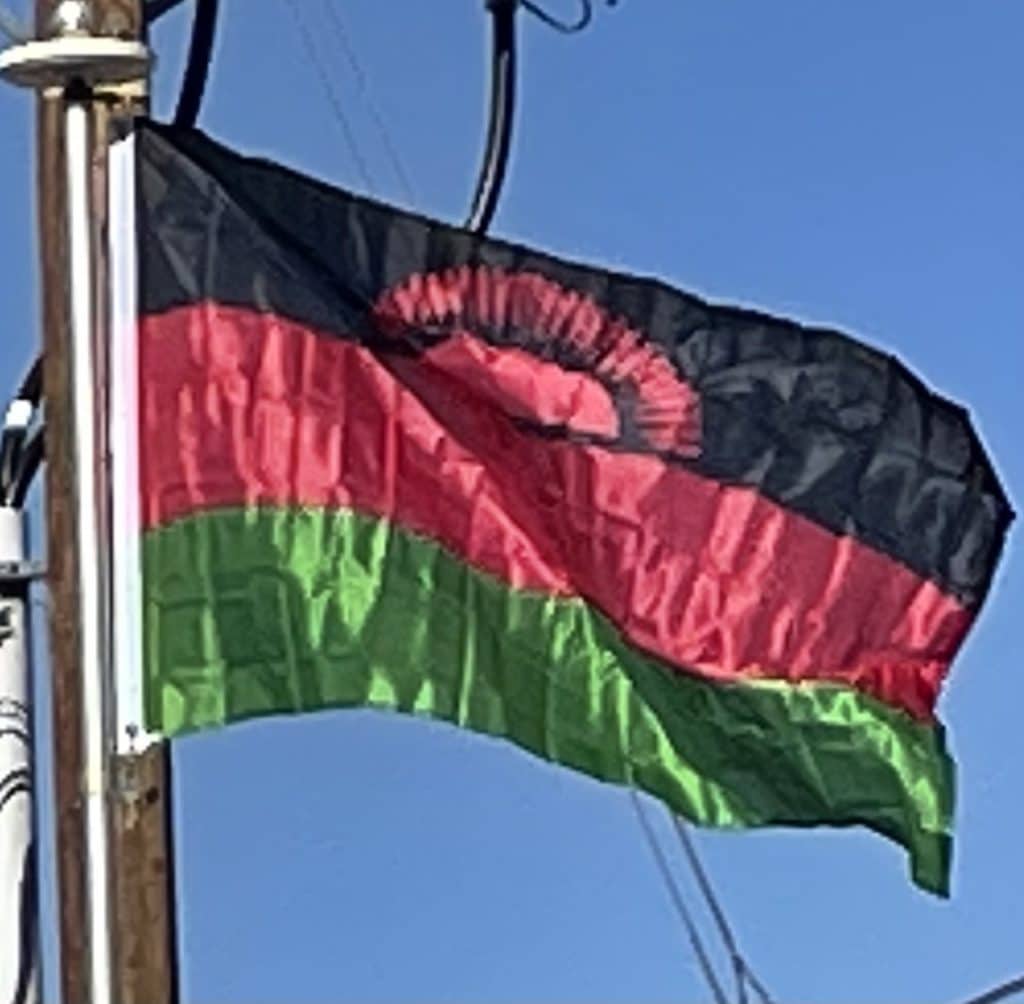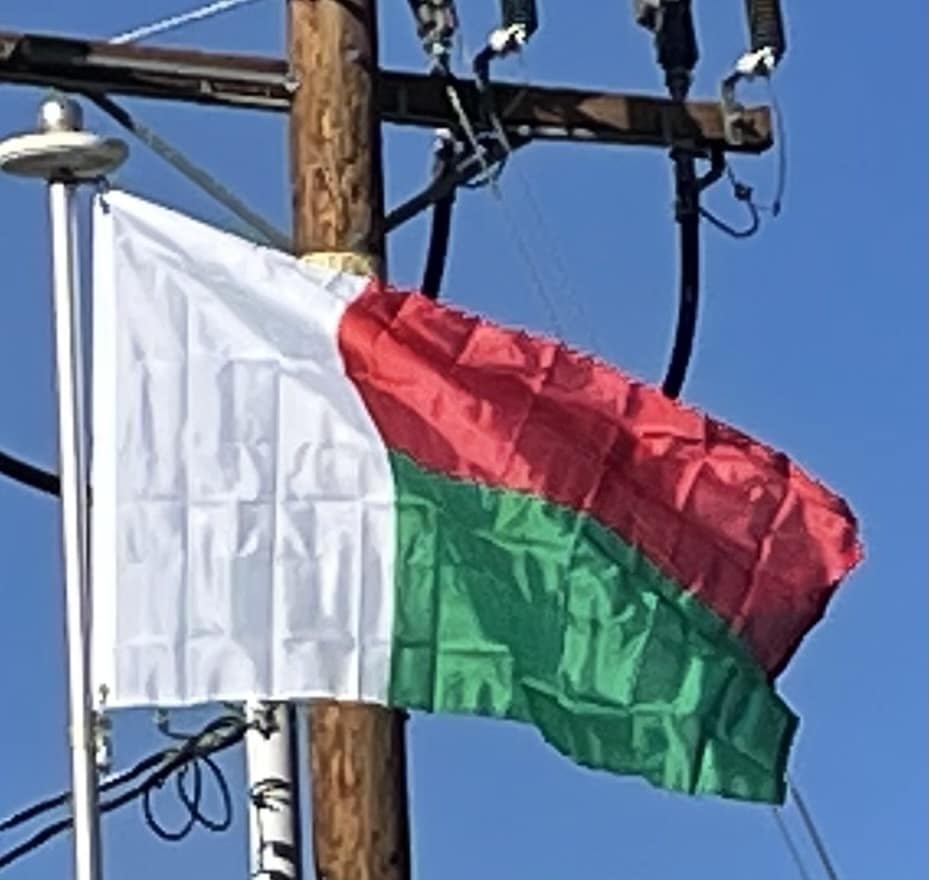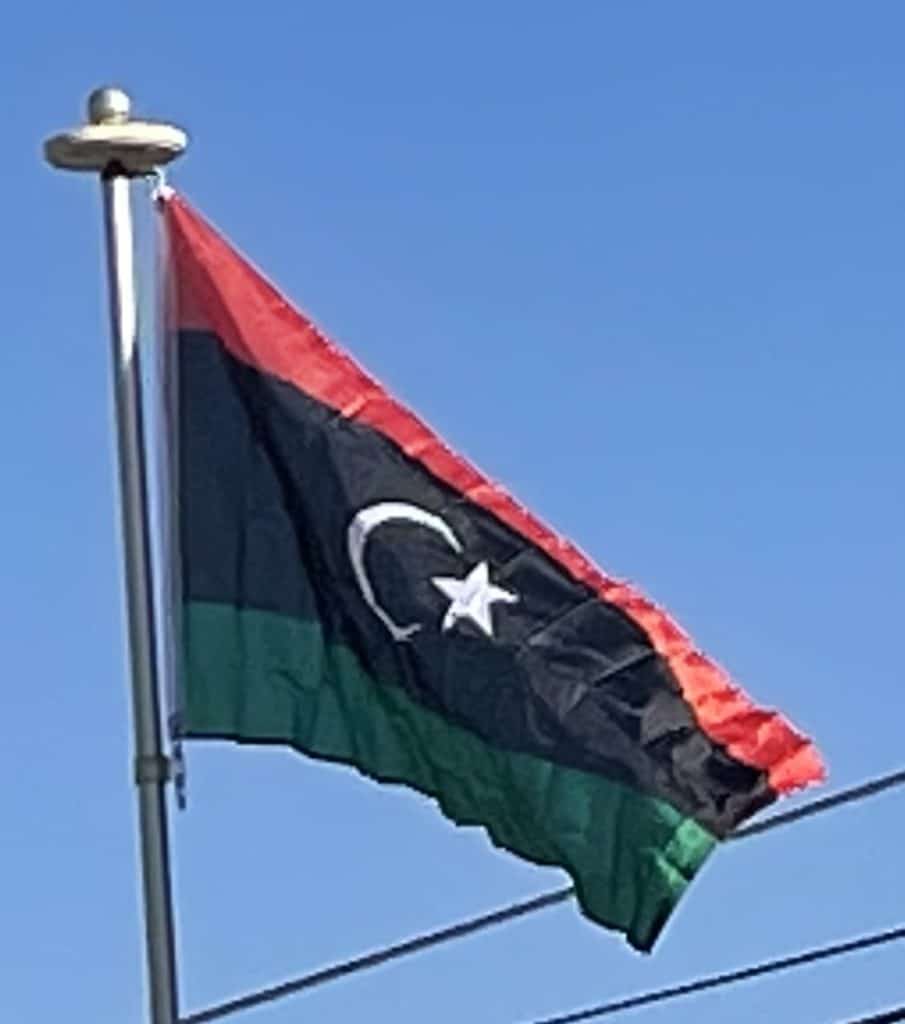Niger
A number of sources have described the symbolic intent of the flag, although official sources have yet to make comment on the validity of any of the aforementioned sources. A common interpretation is that the upper orange band represents the northern regions of the Sahara Desert (though this is sometimes said to be the Sahel), the center white band represents purity (though this is sometimes said to be the Niger River) and also represents the French-descended small white minority, and the lower green band represents both hope and the fertile regions of southern Niger. The orange circle in the center band is said to represent the sun or independence.
